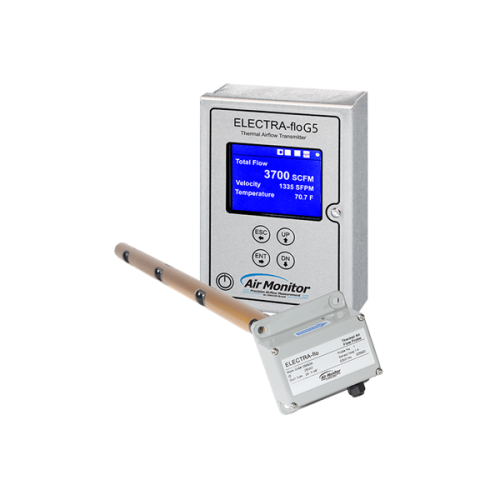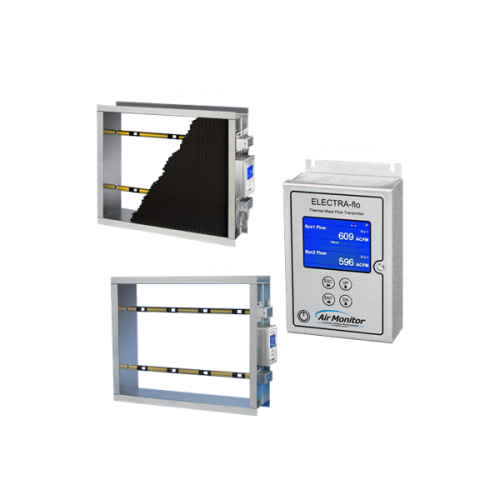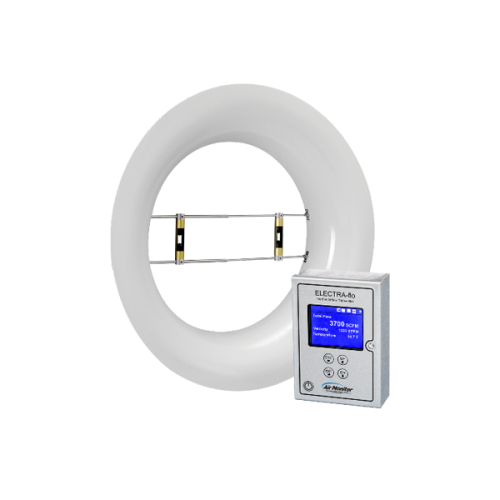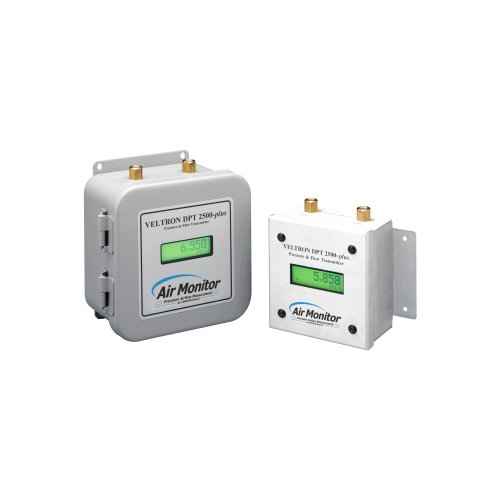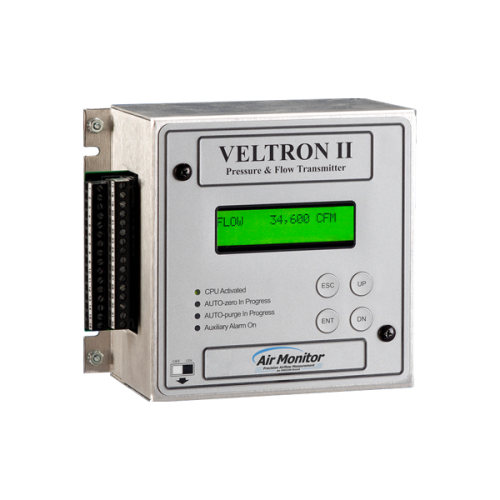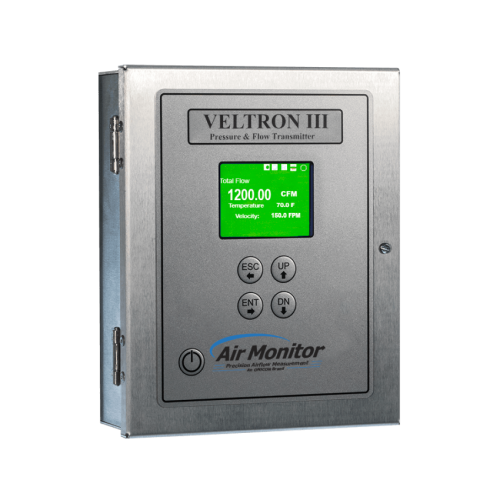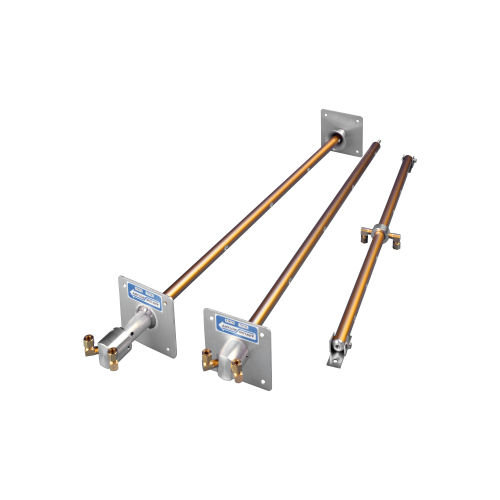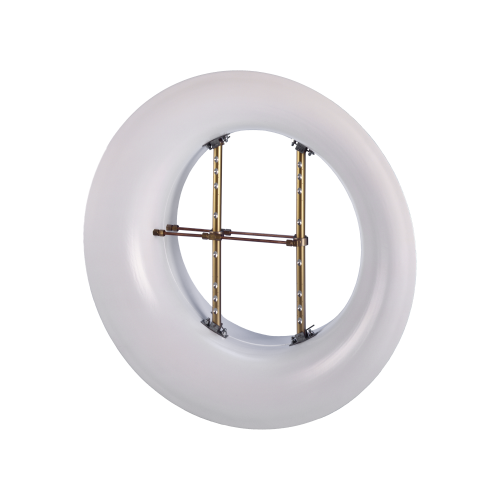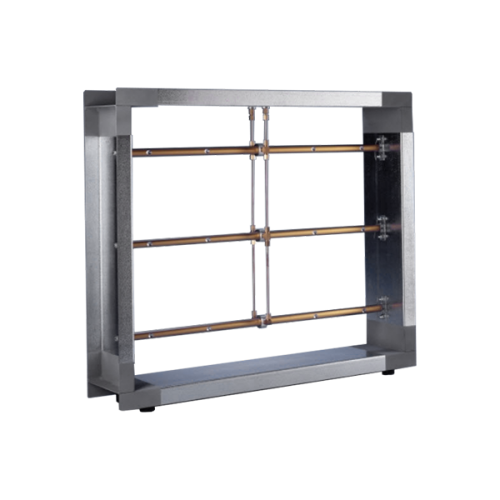HVAC fan tracking requires precise measurement of the complete airflow system, including supply air, return air, outside air, and relief air; all of which must be maintained in balance to control building pressurization. Air Monitor provides you with the tools and resources to ensure that you can accurately maintain the pressure in your building. Air Monitor offers both thermal and differential pressure HVAC fan tracking equipment to keep your building or space pressurized and maintain the proper air balance. After all, you want to ensure that you’re maintaining indoor air quality, maximizing energy efficiency, staying in compliance with local health codes, while protecting the structure of your building.
-
ELECTRA-flo 5 Series Thermal Airflow Measurement System
-
ELECTRA-flo/CM Thermal Airflow Measurement Station
-
ELECTRA-flo/FI Thermal Dispersion Fan Inlet Probe Array
-
VELTRON DPT 2500-plus Transmitter
-
VELTRON II Transmitter
-
VELTRON III Transmitter
-
VOLU-probe Pitot Airflow Measurement Traverse Probe
-
VOLU-probe/FI Pitot Fan Inlet Airflow Traverse Station
-
VOLU-probe/VS Pitot Airflow Measurement Traverse Station

